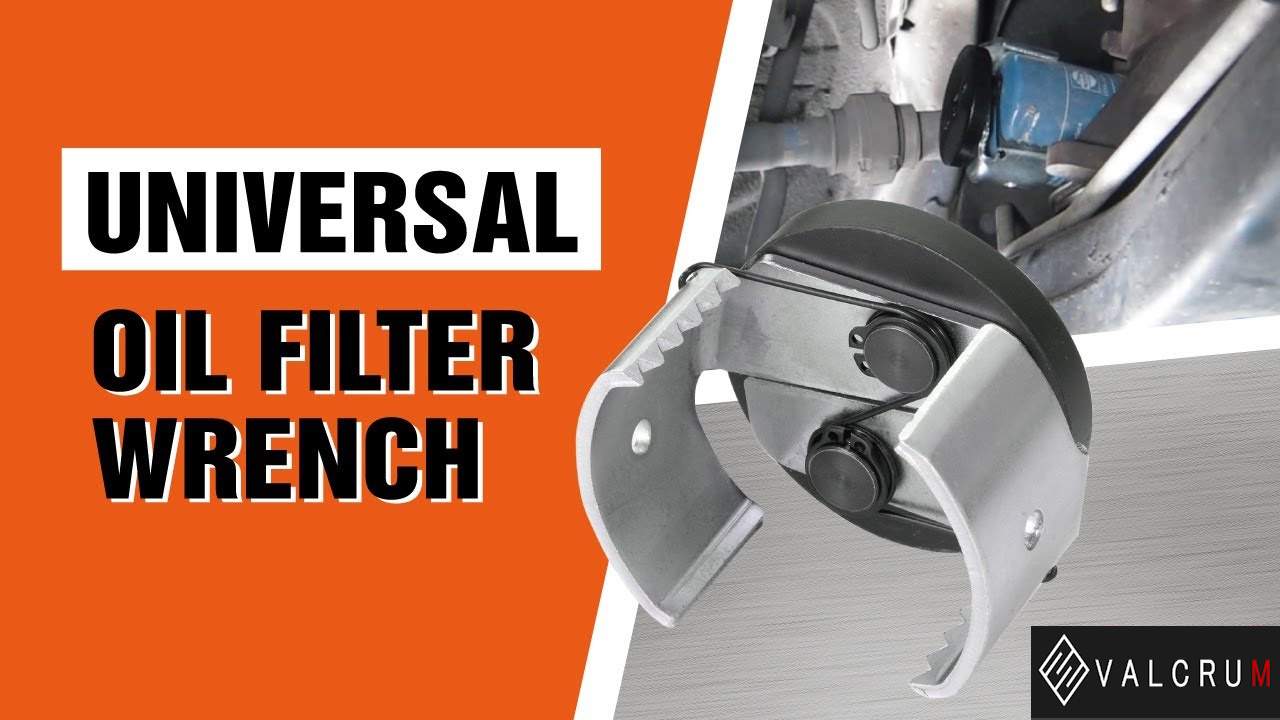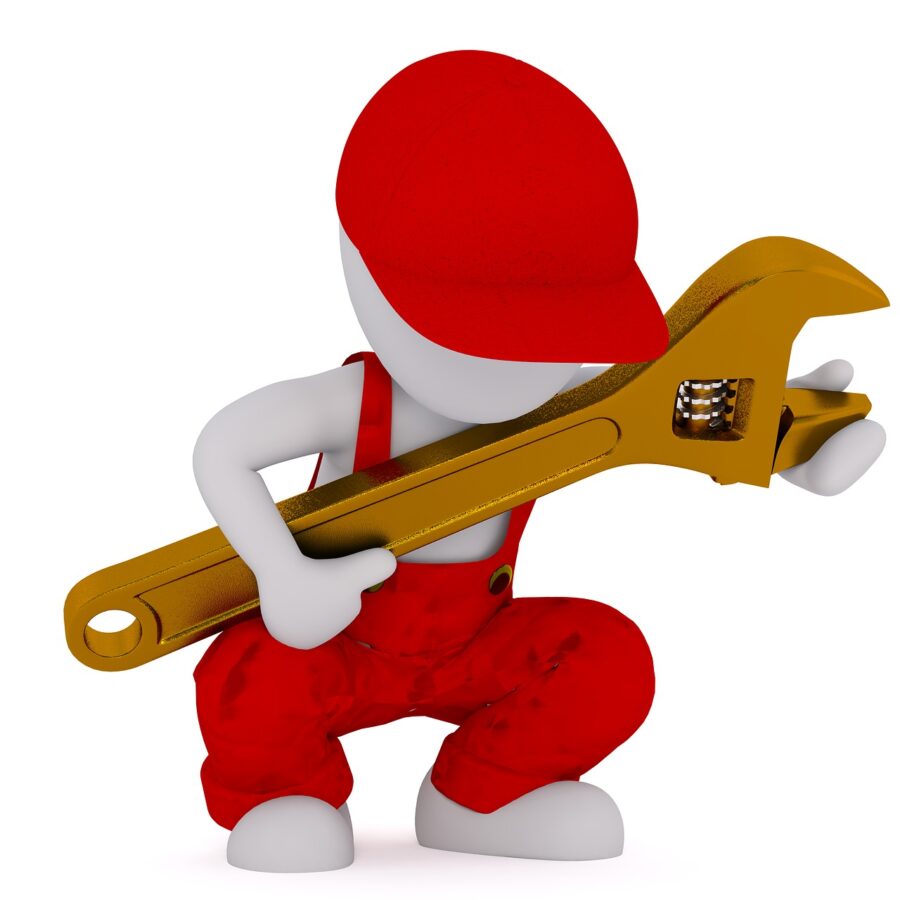How to Remove an Oil Filter with a Wrench
An oil cap wrench is a vital tool when you need to change an oil filter. Of course, this is a task that few look forward to, especially when doing it for the first time. Then, some believe changing or removing an oil filter should only be done by a professional. While a mechanic would easily remove the oil filter, you can do it too.
So, how can you remove an oil filter with a simple wrench?
Remove the Drain Plug
When it comes to removing or changing an oil filter, you will need a few simple tools, such as a wrench. Like a hub cap wrench, a wrench is a necessity because it’ll make the job far easier for you. So, you will have to drain any old oil from the engine or tank.
So, place an oil pan underneath your vehicle and remove the drain plug. It’ll drain the old oil from the engine which is a necessity to change over the filter. Remember, if you don’t put a pan underneath the oil filter, you may get oil across the engine or over you. So, it’s necessary to use a pan to catch any loose oil. Just remember to use a reliable oil cap wrench to help make the job easier.
Get an Oil Filter Wrench
If you want to get the job done right, you need the right tools. Like a hub cap wrench, an oil filter wrench can be the best tool when dealing with oil filters. So, take the oil filter wrench and carefully remove the old filter. There may be some oil left over on the filter just be wary not to touch it as it could be hot. So, put the old filter to one side once it’s removed from the vehicle.
Install the New Filter
Once the old filter has been removed, it’s time to put in the new one. So, you would put the filter into the gap left by the old one. Make sure you tighten it to secure the filter in place. Of course, you want to leave some slack so that it’s easy to remove at a later date. This is easy enough to do and with an oil cap wrench, the job will go much smoother too.
Should You Call on A Mechanic to Remove the Oil Filter?
A lot of people believe removing or changing oil filters is difficult and not something you should do yourself. Fortunately, it is possible to remove the old filter without mechanical intervention. Of course, if you aren’t able to do so or just don’t have the confidence, then you should call on a mechanic. It’ll make life easier for you and ensure things go right. Just remember to use the right tools. For instance, a hub cap wrench is best for hub caps and oil wrenches are best for removing filters.
Make the Switch Easier for You
Removing an old oil filter is far simpler than you think. With an oil cap wrench and some know-how, the job is a piece of cake. That is why most people can easily remove the oil filter without having to rely on a mechanic. Just remember, you need the right tools to make the task go quicker. So, grab your oil cap wrench and toolset and get going.
Conclusion
Removing an oil filter doesn’t have to be daunting, especially with the right tools like an oil cap wrench. By following simple steps such as removing the drain plug and using an oil filter wrench, you can easily replace the filter yourself. While some may opt for professional assistance, many find that with the proper tools and knowledge, they can complete the task efficiently.
For those looking to make the process even smoother, investing in race car trailer accessories like an oil cap wrench can streamline maintenance tasks. With the right tools and know-how, changing an oil filter becomes a straightforward job that can be done without the need for professional help.



